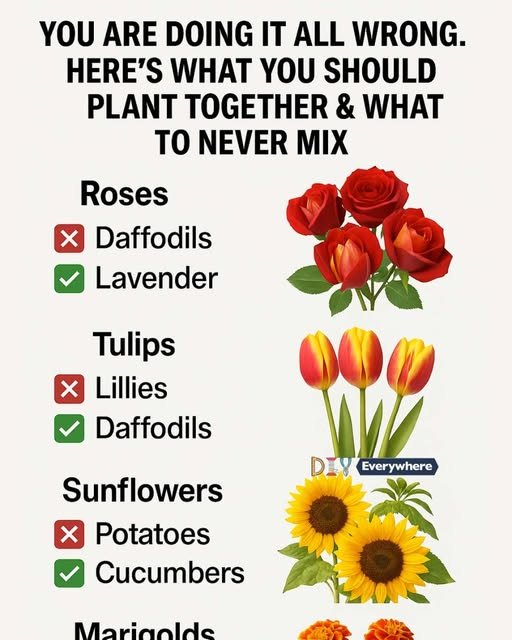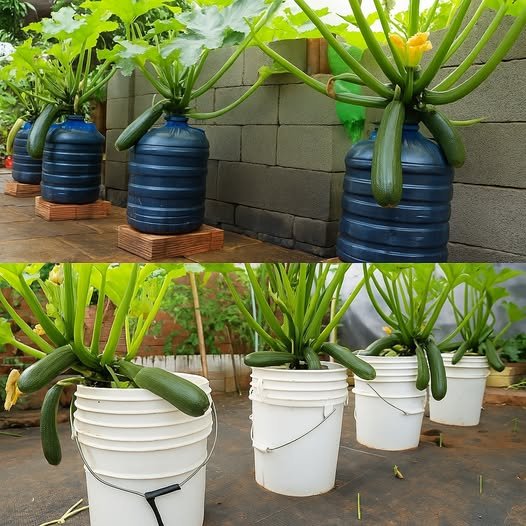Companion planting is an age-old gardening technique that involves growing different plants together to enhance growth, deter pests, and improve yields. This method is rooted in the understanding that certain plants can benefit others when grown in close proximity. By carefully selecting plant combinations, gardeners can create a more harmonious and productive garden environment. Understanding the nuances of which plants thrive together and which do not is crucial for anyone looking to optimize their garden’s health and productivity.
The Science Behind Plant Compatibility
The science of plant compatibility is based on the interactions between different plant species. Some plants release chemicals through their roots or foliage that can either inhibit or promote the growth of neighboring plants. For instance, allelopathy is a biological phenomenon where plants release biochemicals that can suppress the growth of competing plants. On the other hand, some plants can enhance nutrient uptake, improve soil health, or attract beneficial insects that aid in pollination or pest control. Understanding these interactions is key to successful companion planting.
Benefits of Companion Planting
Companion planting offers numerous benefits, including natural pest control, improved plant health, and increased biodiversity. By planting certain species together, gardeners can reduce the need for chemical pesticides, as some plants naturally repel harmful insects. Additionally, companion planting can lead to better nutrient utilization, as some plants improve soil fertility by fixing nitrogen or breaking down nutrients. This method also encourages a diverse ecosystem, attracting beneficial insects and pollinators, which can lead to higher yields and healthier plants.
Common Mistakes in Plant Pairing
One of the most common mistakes in plant pairing is not considering the specific needs and characteristics of each plant. For example, planting sun-loving plants with shade-loving ones can lead to poor growth for one or both species. Another mistake is ignoring the allelopathic properties of certain plants, which can inhibit the growth of nearby plants. Additionally, failing to account for the different water and nutrient requirements can lead to competition and stress among plants. Understanding these factors is crucial to avoid common pitfalls in companion planting.
Top 10 Popular Flowers and Their Ideal Companions
Choosing the right companions for popular flowers can enhance their growth and beauty. Here are ten popular flowers and their ideal plant partners, along with those to avoid.
1. Roses: Perfect Partners and Plants to Avoid
Roses thrive when planted with companions like garlic and chives, which can help deter pests such as aphids. Marigolds are also excellent companions, as they repel nematodes and other harmful insects. However, avoid planting roses near plants like fennel and boxwood, as they can compete for nutrients and space.
2. Tulips: Best Companion Plants and Those to Steer Clear Of
Tulips pair well with daffodils and alliums, which can help deter rodents and other pests. Avoid planting tulips with lilies, as they can compete for similar nutrients and space, leading to reduced growth.
3. Daffodils: Ideal Neighbors and Incompatible Plants
Daffodils are great companions for tulips and daylilies, as they bloom at different times and do not compete for resources. However, avoid planting them with roses, as they can inhibit each other’s growth.
4. Sunflowers: Compatible Companions and Plants to Avoid
Sunflowers are excellent companions for cucumbers and corn, as they can provide shade and support. However, avoid planting them with potatoes, as they can attract similar pests and diseases.
5. Marigolds: Beneficial Partners and Unsuitable Matches
Marigolds are known for their pest-repelling properties and pair well with tomatoes and peppers. However, avoid planting them with beans, as they can stunt each other’s growth.
6. Lilies: Perfect Plant Pairings and Those to Avoid
Lilies thrive when planted with hostas and ferns, which can provide shade and retain moisture. Avoid planting them with tulips, as they can compete for similar nutrients and space.
7. Lavender: Ideal Companions and Plants to Keep Away
Lavender pairs well with rosemary and sage, as they share similar growing conditions and can enhance each other’s growth. Avoid planting lavender with mint, as it can be invasive and compete for resources.
8. Peonies: Best Plant Partners and Incompatible Neighbors
Peonies are well-suited to grow alongside irises and foxgloves, which can complement their growth and aesthetics. Avoid planting them with trees or shrubs that can overshadow them and compete for nutrients.
9. Hydrangeas: Suitable Companions and Plants to Avoid
Hydrangeas pair well with hostas and ferns, which can provide shade and moisture retention. Avoid planting them with aggressive ground covers like ivy, which can compete for resources and space.
10. Geraniums: Ideal Plant Pairings and Those to Avoid
Geraniums are excellent companions for roses and can help deter pests. However, avoid planting them with cabbage, as they can attract similar pests and diseases.
Conclusion: Enhancing Your Garden with Smart Plant Pairing
By understanding and implementing companion planting, gardeners can create a thriving, balanced ecosystem in their gardens. This method not only enhances plant growth and health but also reduces the need for chemical interventions, promoting a more sustainable gardening practice. By carefully selecting plant combinations, you can enjoy a more productive and beautiful garden.
Additional Tips for Successful Companion Planting
To maximize the benefits of companion planting, consider the specific needs of each plant, such as sunlight, water, and soil requirements. Rotate crops annually to prevent soil depletion and pest buildup. Additionally, observe your garden regularly to understand how different plants interact and adjust your planting strategies accordingly. With patience and attention to detail, companion planting can transform your garden into a flourishing oasis.



